Let’s put your identification skills to the test! Can you guess what is hidden in this picture? Make your guess in the comments.
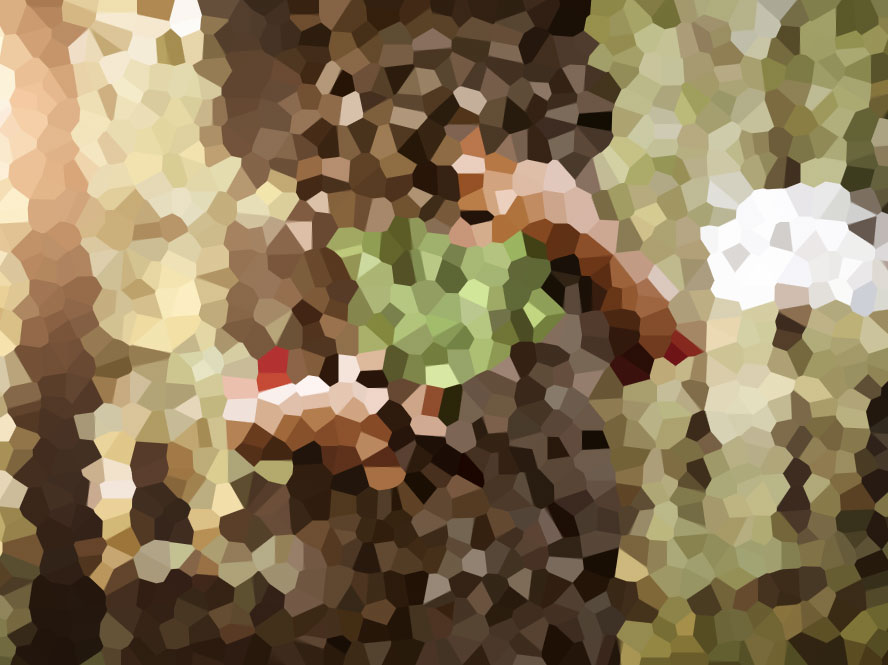
Let’s put your identification skills to the test! Can you guess what is hidden in this picture? Make your guess in the comments.

Meet Sam! He’s a 7-year-old who really knows what it means to be an Earth Ranger. He is allergic to a lot of stuff outside, BUT that doesn’t keep him from doing what he can to protect the planet!

After Sam joined Earth Rangers, the first thing he did was plant a garden! He teamed up with his mom (who is an expert gardener) and planted a bunch of flowers and food. Now they have lots of food to eat that they’ve grown themselves!
Their garden is visited by lots of hungry bees and birds. Sam jumped into action to make them feel welcome. He put in a bee hotel and a bird house that he made HIMSELF, and a family of sparrows nest in it each year! Go, Sam, go!

Sam is also a Mission Master! He has done so many, but his favourite is Just 1 Tree. That’s where you plant trees to help fight climate change. Sam loves everything about trees, whether it’s climbing them or just exploring the forests they create. Plus, trees are home to Sam’s all-time favourite animal: squirrels!
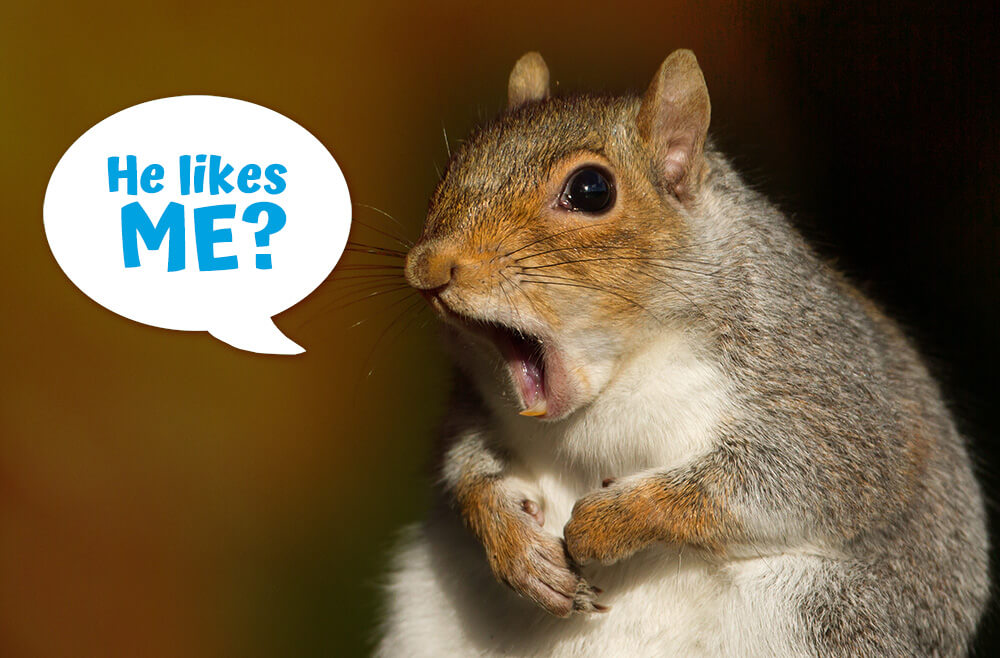
Sam and his family try their best to walk and ride their bikes as much as possible. They compost the scraps from the fruits and vegetables that they grow and return it back to the earth! They also try to use as little packaging as possible, and Sam helps his dad sort the recycling almost every week!
What words does Sam have for kids like YOU? It’s important protect the planet because “when we help the earth and work together, we can conquer our garbage problems and climate change!”
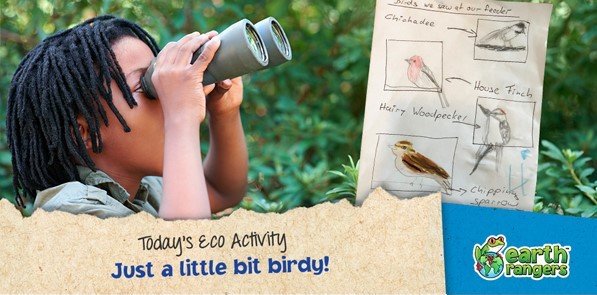
Few things say spring more than the happy soundtrack of chirping birds. Our flying friends are all around us, and that’s why it’s the perfect time for today’s Eco-Activity! Head out to your ‘hood and take note of the birds you see, then snap photos or sketch away and add your field notes to create your own local bird guide!
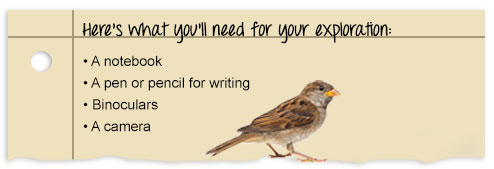
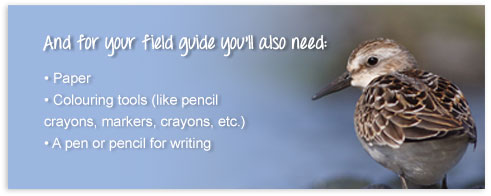
Here’s how to get guiding!
1. Go for a walk around your neighbourhood and see if you can spot 2-3 different bird species.
2. Once you’ve found your birds, take photos, make sketches, and jot down notes about their behaviour in your notebook.
3. When you’re happy with the number of different birds you’ve found, it’s time to make your field guide!
4. Using paper and colouring tools, draw or print out photos of the birds you saw, then include your observations below. Make notes on things like:
a. The bird’s common and scientific name
b. Its physical characteristics – how big is it? What colours are its feathers?
c. Its behaviour – what was it doing? Was it flying? What did its song sound like? Was it alone or in a group?
5. Take your guide to the next level by looking up more details about the birds you’ve found, like their habitat range, diet, and migration patterns!
If you’re happy and you know it, raise your feathers? The blue jay has a crest of feathers on its head that it raises or lowers based on its mood.
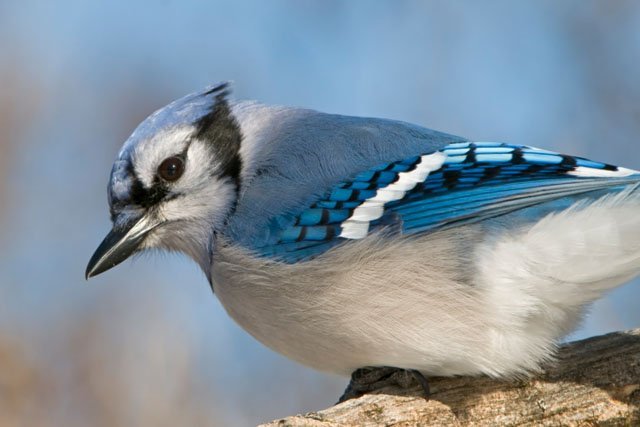
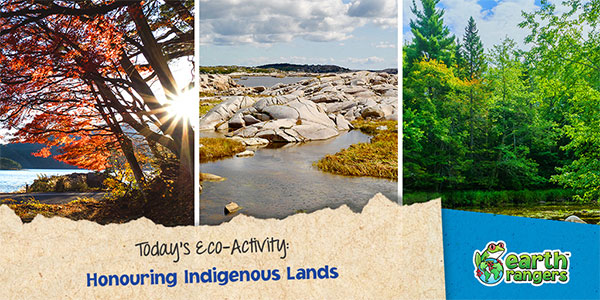
We all have a favourite spot in nature. It could be somewhere huge, like Banff National Park, or somewhere small, like the park near your house. Maybe it’s even your own backyard! The spot is special to you, but did you know that its also on Traditional Indigenous Territory?
For today’s Eco-Activity, you’ll be learning about the Traditional Indigenous Territory your favourite nature spot is part of!

Virtually all of the land in Canada is on Traditional Indigenous Territory. Find out which one your favourite place is on by using this map: native-land.ca/!

Study up on your Indigenous region’s history and culture. Research the communities who live there, the languages they speak, and their important symbols and traditions.

It’s important to acknowledge that your favourite nature spot is on the Traditional Territories of Indigenous People. One way we can do this is through a land acknowledgement. Just replace the underlined words in the paragraph below with the names of the groups in your area.


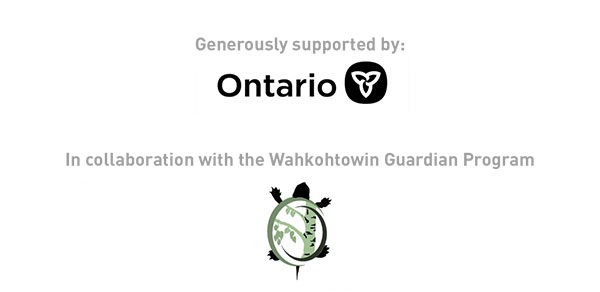
Have you met the Single-use Plastic Gang? They are up to no good and cause really big problems for the planet. Each member is designed to be used once and then thrown away. Not only does it take a lot of resources to make them, they also contribute to climate change and can be really bad for animals.

In March, we decided to TAKE. THEM. DOWN. but we needed your help! That’s why we launched the More Plastic More Problems Contest. Together, we stopped the gang 482 times! That’s amazing! We definitely put a hole in their plastic bag!


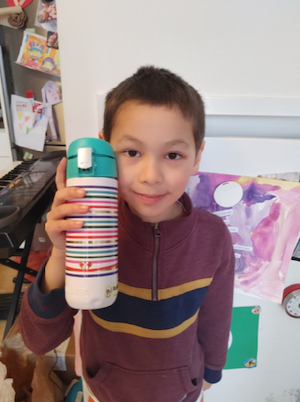


Rock climbers are brave and daring, willing to fight against gravity and challenge themselves to get to the top. Their fluffy coat keeps them warm and their hooves help them grip…
*record scratch*
Oh! Did you think we were talking about humans? Nah! We’re talking about bighorn sheep! They are just one of the incredible climbers in the animal kingdom. Check out this list of some of our favourites!
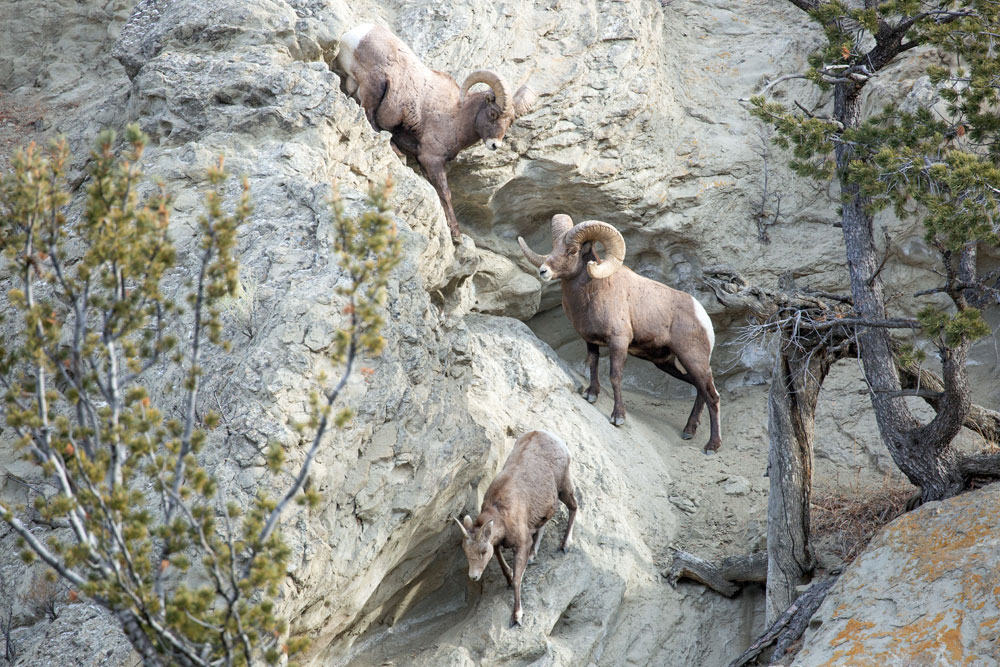
Bighorn sheep are impressive climbers and it’s all thanks to their hooves. These hooves have a hard outside that is perfect for digging into the ground, and a rough soft bottom that helps the sheep grip onto narrow cliff ledges.
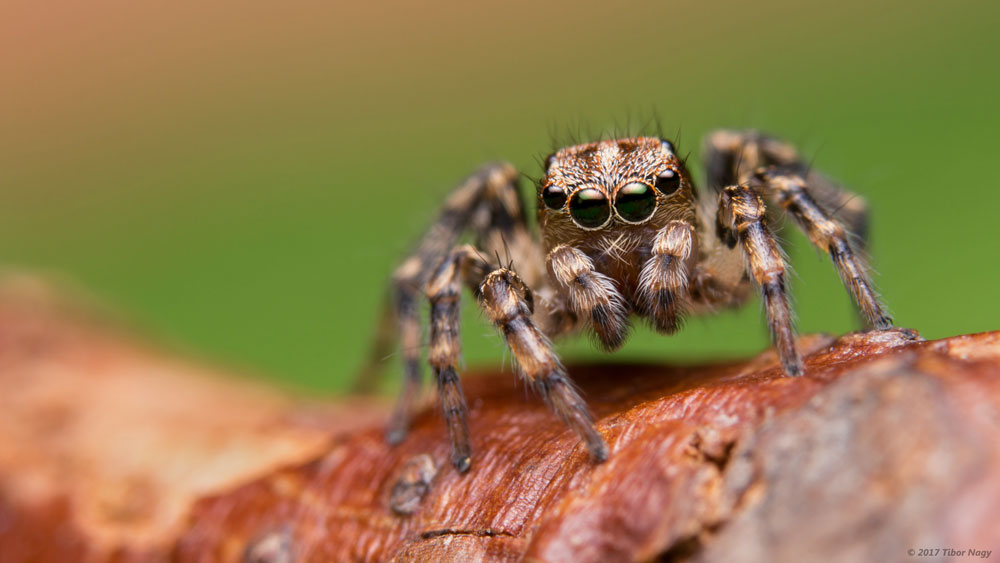
Ever wonder what gives them their expert climbing ability? It’s teeny-tiny hairs (called setae) on the bottom of their feet. The molecules in these hairs are attracted to the molecules in the surface they’re climbing. This lets them climb almost anything!
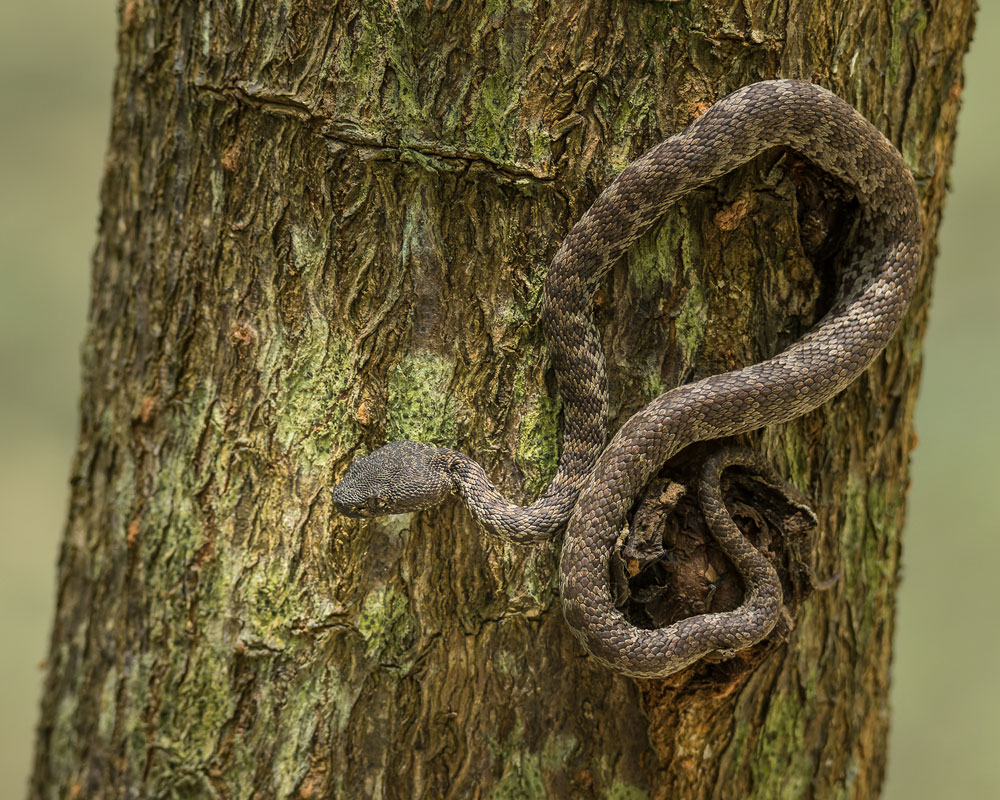
These reptiles can climb tall trees and cliffs, and they do it without limbs! The trick has to do with the muscles in their underside. They use them to grip on to the edges of rocks or bark. One part holds on tightly, and the other slithers up the surface.
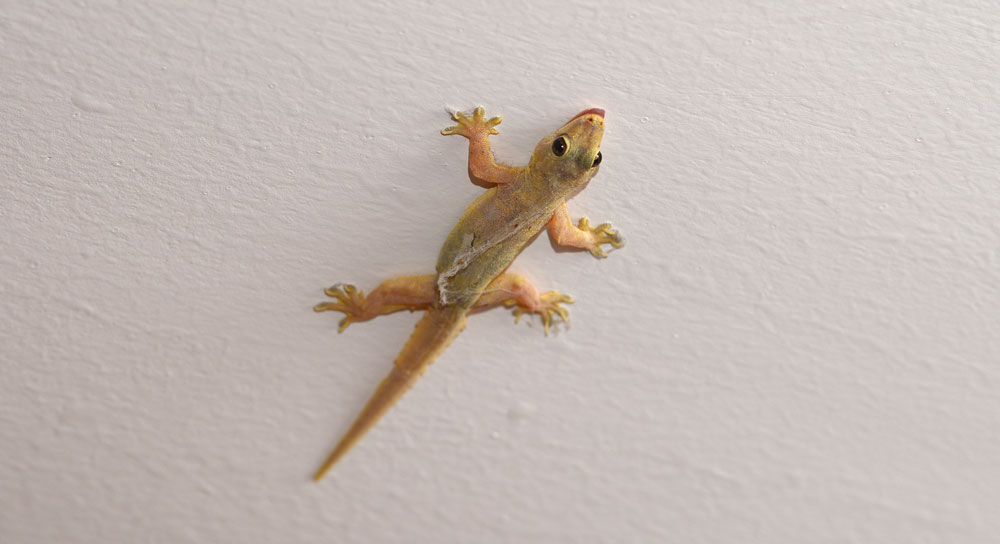
Just like spiders, geckos have teeny-tiny hairs (called setae) that help them stick to things. They can stick and unstick these hairs very quickly. This lets them scurry up walls, cling onto glass and even hang upside-down from the ceiling!
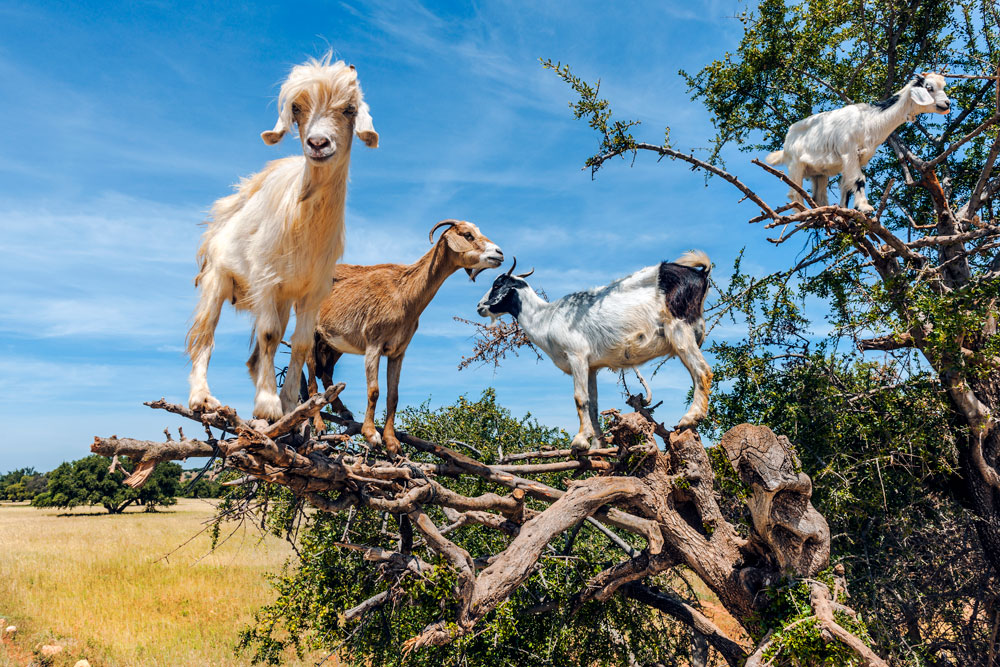
Whether it’s mountain or billy, goats truly are our #climbinggoals. Just like bighorn sheep, the secret lies in their hooves. They are wide and rough, which give them balance and grip. They are also expert jumpers. It’s not unusual to see them on cliffs, in trees or even on top of each other!

Be inspired by the bighorn sheep and the rest of these amazing climbers. Join the Earth Defence Squad and use your super climbing skills to help fight climate change!
Look for the Earth Defence Squad in the Challenges section or on Project2050.ca!

Use the decoder key to find out the punchline to these hilarious frog jokes!





Emma’s world-wide quest for Adelia Goodwin takes an unexpected detour when her trusted plane, Bessie, has a GPS breakdown. Forced to crash land in the middle of the desert, Emma is faced with a difficult decision: continue to chase after Adelia on foot and brave the inhospitable wilderness of the Namib desert, or take shelter at a nearby camp?
Look what Emma found to help make her decision: an old map! If you were Emma, what would you do?
The Namib desert can be pretty hard to live in, but there are a few animals that are tough enough to thrive there: the dik-dik, oryx, and black rhino are just a few!

Stay tuned for more episodes to find out what happens next!
We need your help! This animal is trying to tell us something but we can’t figure it out! Do you know what this wood frog is thinking?
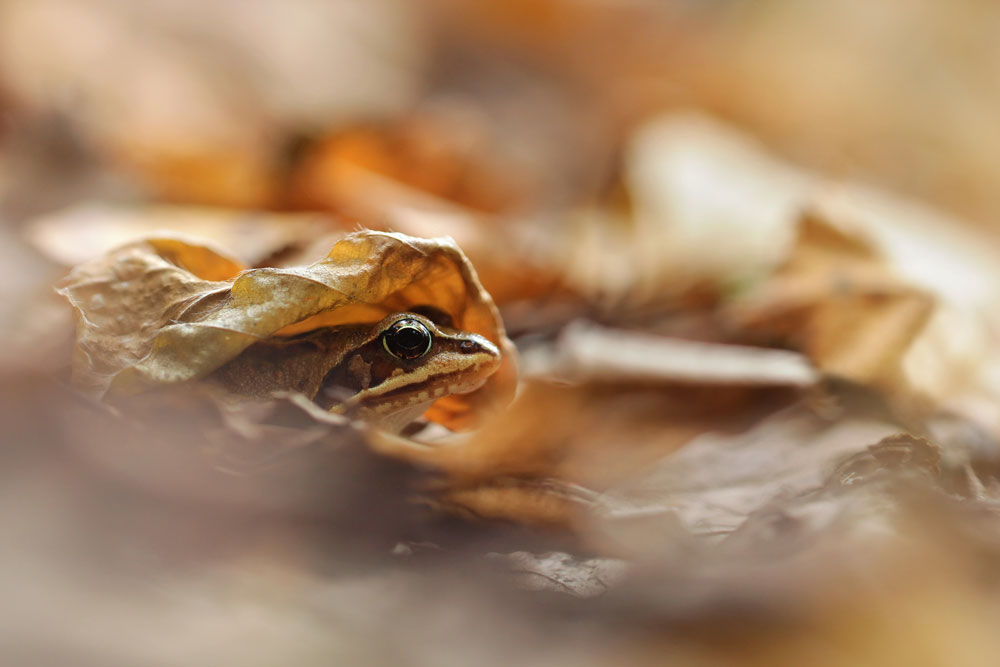
Head to the Adoptions Section in the App or visit the Earth Rangers Shop! Get an Earth Rangers Field Notes Notebook FREE with a Plush Adoption Kit, now extended until May 15!
